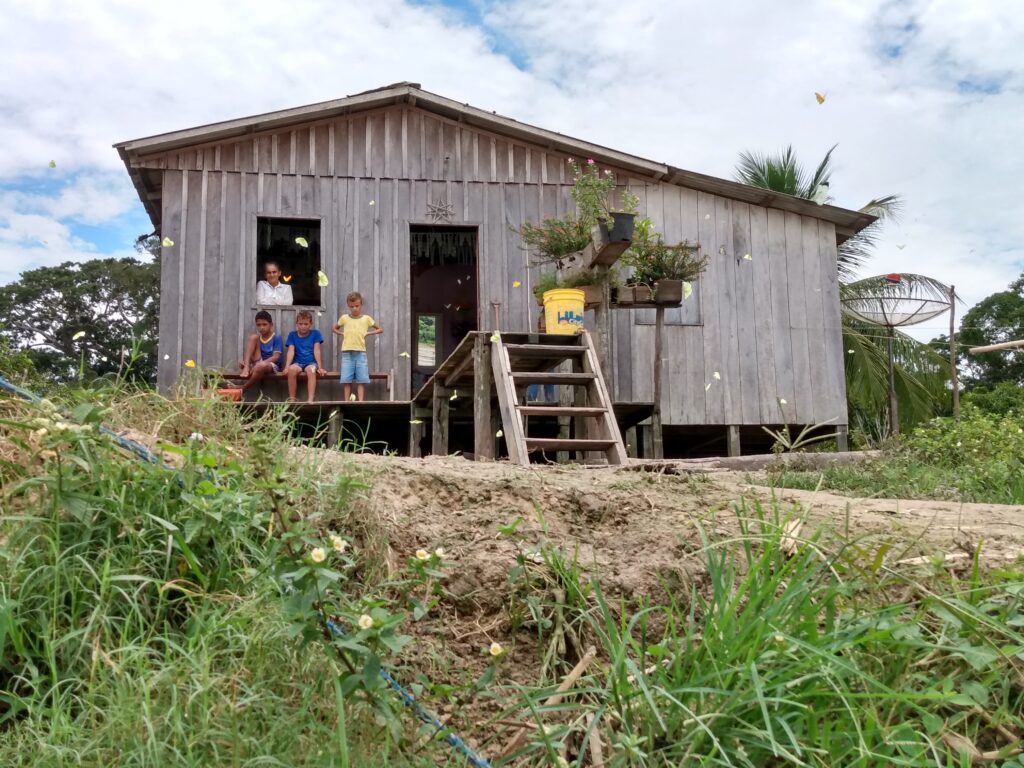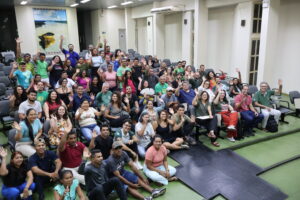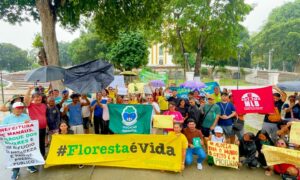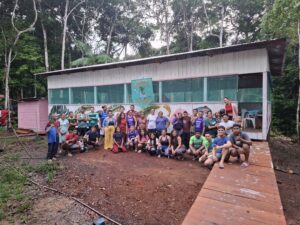By Clara Machado
Instituto Juruá’s researchers visited more than 100 communities along Juruá River’s two thousand kilometers so they could answer a question. Where do people live better: inside or outside protected areas? The study, led by João Campos-Silva, analysed the main services that exist in rural communities (such as electricity, sanitation, and access to means of communication), the level of community empowerment, and the habitants’ personal desire of leaving the rural area to live in urban centers. The results of the study titled “Sustainable-use protected areas catalyze enhanced livelihoods in rural Amazonia” were published in the journal “Proceedings of the National Academy of Sciences of the United States of America” (PNAS).
In Mid-Juruá, where communities located in protected areas, such as Reserva Extrativista do Médio Juruá and Reserva de Desenvolvimento Sustentável Uacari, are organized and participate in well-succeeded communal conservation arrangements, the results are clear as day. Rural communities in protected areas have greater access to services such as digital communication, basic education, electricity, presence of local commerce, and boats for transportation and products commercialization.
While communities located outside of protected areas practice a subsistence economy, communities inside of those areas also develop a supply chain of natural resources, as it is the case of the arapaima handling and the commercialization of vegetable oils, besides having a greater family income.

Protected areas appear to be a relevant factor for the permanence of families in rural areas. As 58% of adults who were interviewed outside of protected areas reported having a desire to migrate to urban centers, only 5% of habitants of protected areas demonstrated having the same interest.
Unfortunately, many communities outside of conservation areas still experience coercion from local and powerful elites, the heirs of the Rubber Barons from the 19th Century, who limit the usage of natural resources to the communities since they believe it’s them the rightful owners of those lands. Even though sustainable usage in protected areas are not an indispensable condition for the social and ecological well-being of Amazon, and besides having their our contradictions, those areas facilitate the development of conservational activities, as it is the well-succeeded case of the arapaima handling, that creates revenue and better life conditions for communities while also preserving and recovering species that are fundamental to the forest’s ecosystem.
Protected areas are important for biodiversity preservation and for Amazon’s socioeconomic development. But protected areas shouldn’t be treated as isolated islands, as this inevitably leads to conflicts. The study’s authors suggest seeing protected areas as laboratories, where models of sustainable management of natural resources are tested and empowered in order to, later, extrapolate their own frontiers, expanding those models to regions that aren’t contemplated with conservation areas.






